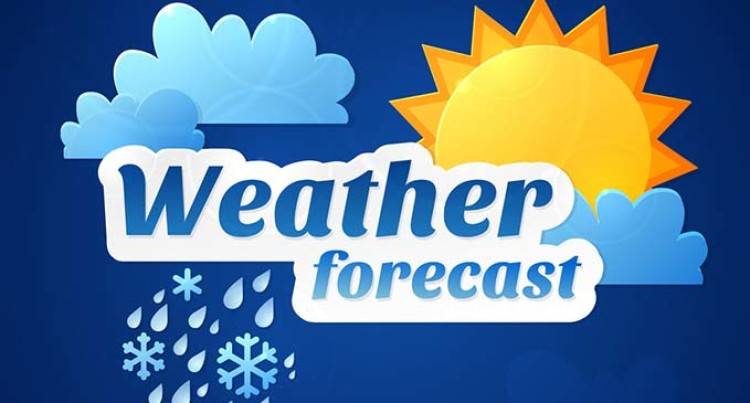Title: The Art and Science of Weather Forecasting
Introduction:
Weather forecasting has evolved from an ancient art reliant on observation to a sophisticated science incorporating advanced technology and data analysis. Today, meteorologists employ a wide range of tools and techniques to predict weather patterns with increasing accuracy, providing invaluable insights for a variety of industries and daily life.
Understanding Weather Patterns:
Weather forecasting begins with understanding the complex interactions of various atmospheric phenomena such as air pressure, temperature, humidity, and wind patterns. Meteorologists analyze data from weather stations, satellites, radar systems, and other sources to track these elements and identify patterns that influence weather conditions.
Data Collection and Observation:
Modern weather forecasting relies heavily on data collection from a network of ground-based weather stations, ocean buoys, satellites, and aircraft. These systems measure atmospheric parameters like temperature, pressure, humidity, wind speed, and precipitation, providing a comprehensive picture of current weather conditions across the globe.
Numerical Weather Prediction:
Numerical weather prediction (NWP) is a cornerstone of modern forecasting techniques. NWP involves using mathematical models to simulate the behavior of the atmosphere based on initial conditions and physical laws. Supercomputers process vast amounts of data to generate forecasts for different time horizons, ranging from short-term predictions to long-range outlooks.
Modeling Techniques:
Meteorological models use complex equations to simulate atmospheric processes, including the movement of air masses, cloud formation, and precipitation. These models incorporate inputs from observational data, satellite imagery, and historical weather patterns to improve accuracy and reliability.
Ensemble Forecasting:
Ensemble forecasting involves running multiple simulations with slight variations in initial conditions and model parameters to account for uncertainty. By analyzing the spread of possible outcomes, meteorologists can assess the confidence level of a forecast and provide probabilistic predictions, particularly for high-impact events like hurricanes or severe storms.
Advancements in Technology:
Technological advancements have revolutionized weather forecasting, enabling meteorologists to gather and analyze data more efficiently than ever before. Remote sensing technologies, such as Doppler radar and satellite imagery, provide real-time observations of weather systems, while advanced computer algorithms improve the accuracy and resolution of numerical models.
Applications of Weather Forecasting:
Accurate weather forecasts are essential for a wide range of applications, including agriculture, transportation, energy management, disaster preparedness, and public safety. Farmers rely on weather predictions to plan planting and harvesting schedules, airlines use forecasts to optimize flight routes and schedules, and emergency responders use advance warnings to prepare for severe weather events.
Challenges and Limitations:
Despite significant advancements, weather forecasting still faces challenges and limitations, including the complexity of atmospheric processes, the unpredictable nature of some weather phenomena, and the need for continuous improvement in data collection and modeling techniques. Additionally, forecasting accuracy can vary depending on factors like geographic location, seasonality, and the presence of local microclimates.
Conclusion:
Weather forecasting remains a dynamic and evolving field, blending scientific knowledge with technological innovation to provide valuable insights into Earth's atmosphere. As our understanding of atmospheric dynamics continues to deepen and our forecasting capabilities improve, we can expect even greater accuracy and reliability in predicting weather patterns, contributing to safer and more resilient communities worldwide.


